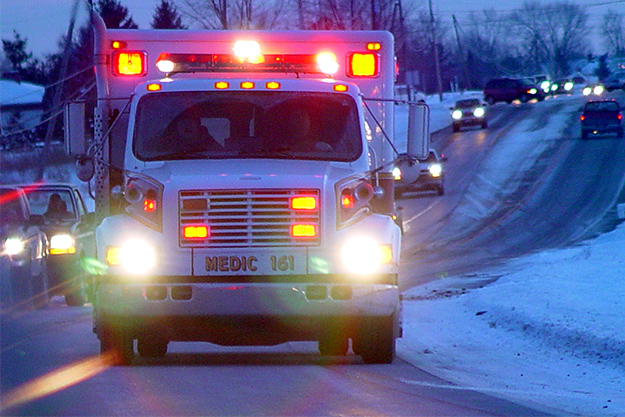By Sara Rubin, MPH, MA, Program Analyst, NACCHO
Hurricane Sandy left more than 100 dead and millions without power across much of the Northeast, and as far west as Michigan, last October. While many examples have come before it, Hurricane Sandy is the latest catastrophe to prove that disasters know no borders and present new challenges that communities must adapt to in real time.
At the Public Health Preparedness Summit in Atlanta, GA, last month, a diverse panel shared the story of how first responders, hospital staff, and public health worked together to evacuate hundreds of patients from New York University (NYU) Langone Medical Center after a hospital generator failed. All evacuees were transported safety to other facilities, largely due to staff preparedness training and coordination among agencies. First responders, hospital staff, and public health worked together to evacuate patients, distribute and track transferred patients, onboard additional medical staff, and resolve professional credentialing issues.* The success of the coordinated response will inform the future of hospital preparedness and shows the value of developing partnerships long before disaster strikes.
The response at NYU Langone Medical Center reinforces the need for strong partnerships across organizations to effectively respond to emergencies. Public health, emergency medical services (EMS), hospital preparedness, and emergency management efforts are all crucial elements to disaster preparedness and response, but are much more effective when planned and coordinated jointly.
While much progress has been made to integrate preparedness efforts at all levels of government, more work can be done to ensure better synergy and collaborative planning. Here are four tips to guide local health departments (LHDs) in how to build strong partnerships with diverse emergency preparedness and response stakeholders in their communities.
1. Get to know potential partners.
Both LHDs and emergency management have valuable resources in emergencies. LHDs know their constituency and its health status. Emergency management has communications equipment, access to a large cache of supplies, personnel and volunteers, blueprints and floor plans of major buildings, GIS mapping expertise, and established relationships with many first responders, and industrial and commercial partners.
2. Understand available resources.
Partners should meet to share what each organization can provide in preparing for and responding to disasters. Doing so helps individuals understand each organization’s unique assets, their shared commonalities, and how everyone can help each other meet goals.
3. Ensure partnerships are mutually beneficial.
To ensure a successful partnership is built among LHDs and emergency management, partners must collaborate to shape the identity of the partnership. Candid discussions about the goals for the partnership and the roles of each organization will help ensure both sides feel like invested stakeholders with ownership of the collaboration.
4. Take action.
The development of an action plan is an important final step to hold each organization accountable for following up on goals, activities, objectives, timelines, and roles. An action plan is where goals and strategies can be tailored into specific, measurable, attainable, realistic, and time-bound objectives to begin achieving goals.
Building strong partnerships between public health and emergency management stakeholders is a critically important aspect of disaster preparedness and response. Because of the unique resources within public health, EMS, hospital preparedness, and emergency management, increased coordination will result in more effective and timely responses.
For more information and examples of how preparedness partnerships are being formed across the country to protect the public against health threats and promote preparedness collaboration, read NACCHO’s issue brief “Building Partnerships before Disaster Strikes: A Guide for Public Health Preparedness and Emergency Management Leaders.”
*Description from the 2012 Public Health Preparedness Summit website.







